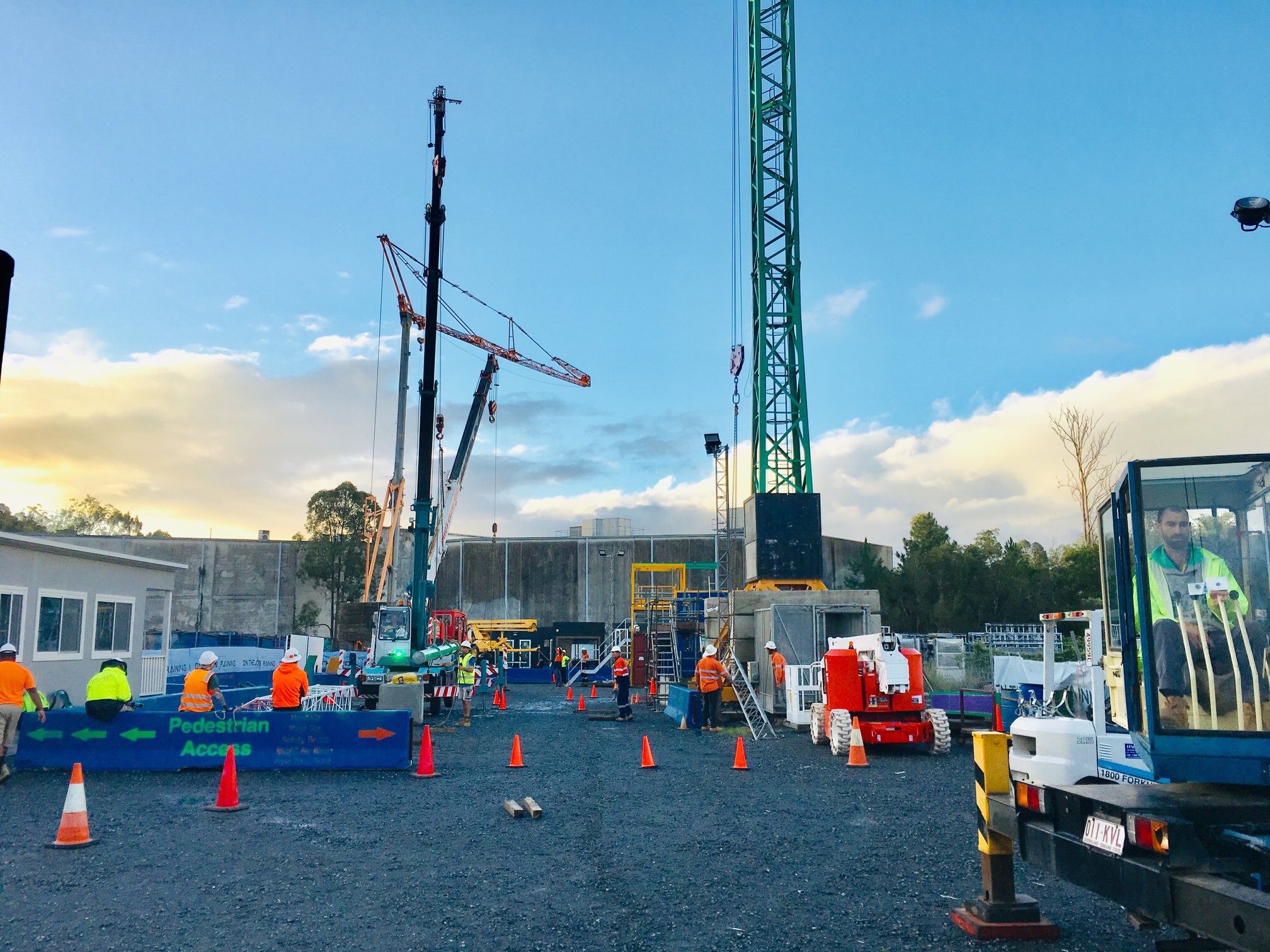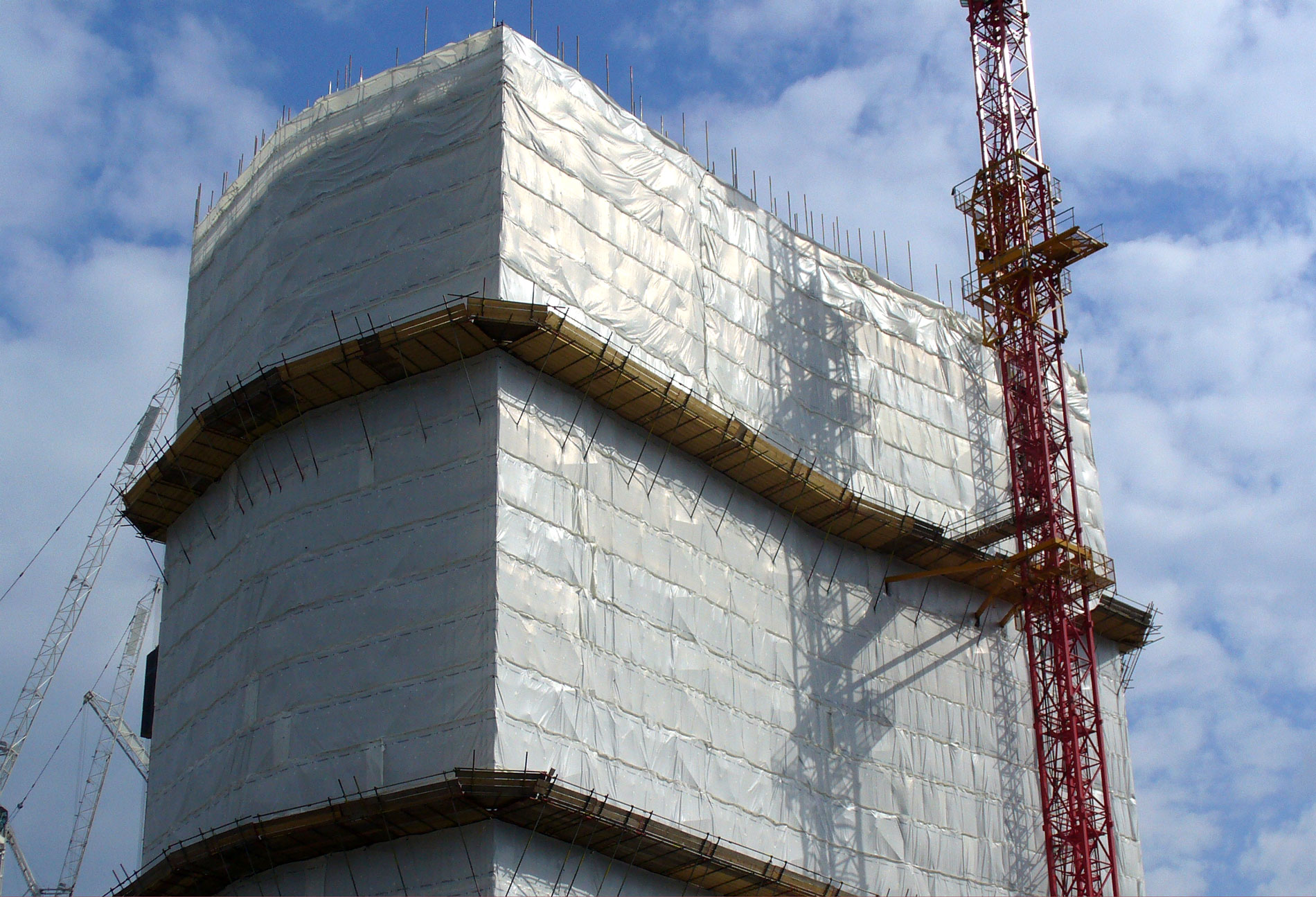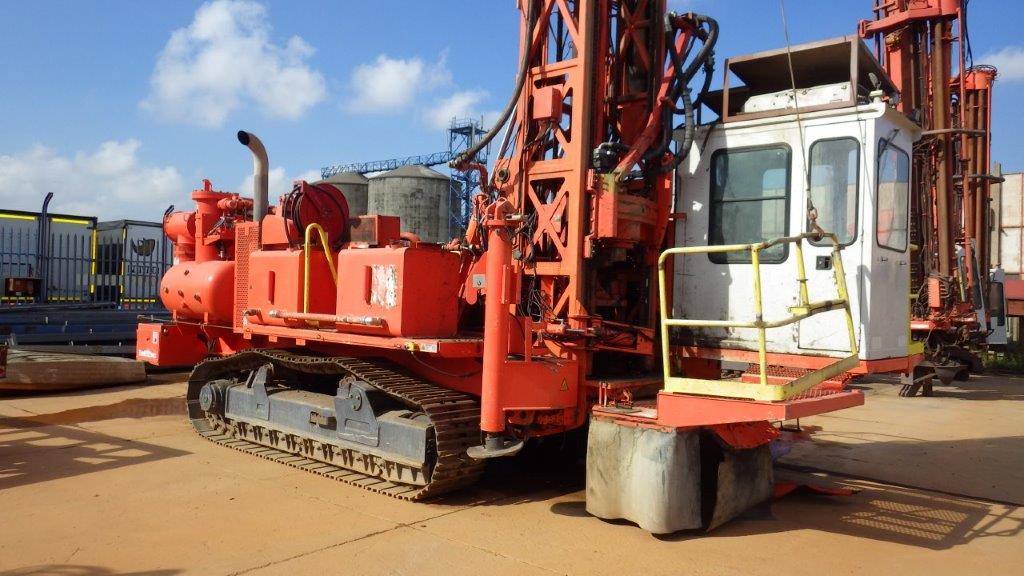Despite being one of the most useful pieces of machinery available, there are still a lot of myths surrounding the usability and benefits of self-erecting cranes.
This is a shame considering they have so many features that make them suitable for a variety of smaller job sites and projects.
To ensure you will be choosing the right crane for your next construction project, read on for everything you should know about self-erecting cranes.
1. There are many advantages to using self-erecting cranes.
While every type of crane serves a different purpose, there is no denying that self-erecting cranes have a significant number of advantages over some of the other options on the market.
Unlike other cranes (such as tower cranes), self-erecting cranes don’t require permanent mounting on a crane base which makes them exceptionally versatile. It also means that they can be deployed in various job sites and utilized for numerous tasks.
Moreover, a self-erecting crane provides high accessibility and their small size enables them to be present on work sites with limited space. Powered by electric motors, they provide a quiet solution in residential areas.
Self-erecting cranes also require minimal setup time, which makes a significant difference when it comes to the efficiency of your job site.
2. They are suitable for a variety of projects.
Due to its ability to be moved around and its ease of accessibility, a self-erecting crane is perfectly equipped to work on projects such as bridges, residential buildings, airports, and roadways, as well as other job sites where ease of maneuverability is important.
In fact, some of the most impressive self-erecting crane lifting solutions can be seen on small infrastructure projects, including electric power stations, barrages, shipyards, and aqueduct restorations.
Additionally, self-erecting cranes can often be seen on commercial construction sites (sports complex buildings, churches, and other religious buildings, building and landscaping construction across universities, retail outlets, and office buildings) and residential construction projects (ranging from low rise apartment blocks to luxury housing estates and boutique hotels).
On small sites, a self-erecting crane usually has an adequate reach and lifting capacity, which makes them ideal for moving and setting site materials with fantastic precision.
3. They have an impressive load capacity.
Despite their size, versatility, and portability, when you choose to have a self-erecting crane on your small job site, you don’t have to give anything up when it comes to load capacity. After all, the world’s strongest mobile crane is the Liebherr LTM 11200-9.1 that is capable of lifting 1,200 metric tons.
While you may not require something of that calibre, you can undoubtedly find a self-erecting crane that is capable of handling your load carrying requirements. The latest range of Potain self-erecting cranes offers impressive load chart capacities up to 8t (8.8 USt).
If you aren’t sure whether a self-erecting crane is right for your project, make sure to speak with a top-quality crane hire company to discuss the options.
4. There are crucial factors to consider before hiring a self-erecting crane.
Usually, it is recommended that you hire this piece of equipment rather than purchase your own as the total self-erecting crane rental cost is much more reasonable than its retail price.
However, no matter what type of crane you decide to hire or buy, you want to ensure that you are thoroughly considering all of your options before signing a contract. In addition to the primary uses of the machinery, think about the physical project site and what requirements there are.
Also, you only want to be hiring from a reputable crane hire company that has excellent safety records and a strong commitment to maintaining their machinery.
While this may influence the cost of the hire, remember that you are going to get what you pay for – and a crane hire shouldn’t be something decided on based only on cost.
Does your company hire cranes or do you have your own, in-house? Have you ever used self-erecting cranes? Or is there another type of machinery you prefer to utilize?
Do share your thoughts and experiences in the comments below!
AUTHOR BIO
Hermann Buchberger is the Founder and CEO of Active Crane Hire (ACH). He’s taken the company from start-up to Industry Leader offering the largest fleet of construction cranes in Australia. ACH launched a new type of crane previously unheard of in the Australian market: electric tower cranes. The company’s infrastructure and associated services now comprise a fleet of trucks and trailers, a crane-rigging team, mobile crane technicians, a fleet of service vehicles, and an extensive range of crane spare parts.




